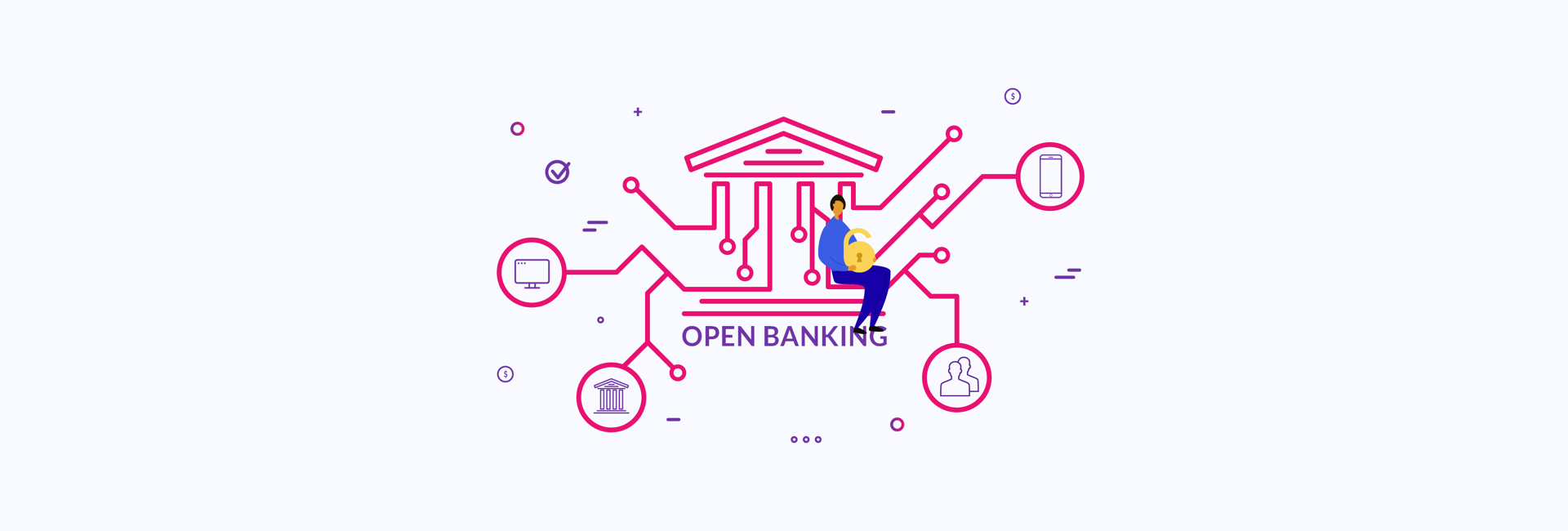What Are The Differences Between Open Banking And PSD2?

Open Banking and PSD2 are hot topics in the finance and banking sectors right now, and the terminology is frequently used interchangeably and incorrectly to describe one or the other.
But What’s The Difference Between The Two?
In this article, we put the record straight with a clear, concise explanation of the difference between Open Banking and PSD2.
What Is Open Banking?
Through Open Banking, customers can view all of their bank accounts, bills, and payment accounts in one place, such as through Application Programming Interface (API) technology via third-party providers.
All account holders (consumers) will be required to provide prior consent for that to happen or to permit third parties to initiate payments on behalf of customers. Open Banking is designed to give account holders more control over who has access to their personal data, while also supporting an emerging market of new third-party services and products, such as tailored price comparison websites.
What Is PSD2?
PSD2 is the legislation that was applied throughout the EU and its Member States in 2018, updating the original EU directive, PSD, that was first adopted in 2007.
The PSD effectively created a single market for e-money payments and established the foundation for a Single Euro Payments Area (SEPA). Many new entrants into the SEPA, particularly those in the fintech and technology niches, fall outside the scope of the PSD and, therefore, are not regulated by the EU.
The PSD2 aims to improve fraud prevention and security while encouraging competition and innovation and the use of mobile financial solutions. So, basically, PSD2 paves the way for a Digital Single Market.
So, PSD2 is the regulation that permits projects like Open Banking to happen. The regulations mean that the market remains competitive and fair to all members, as well as being safe and secure.
Competition Markets Authority Case Study
To more clearly illustrate the difference between Open Banking and PSD2, the Competition Markets Authority (CMA) provides the following case study.
The CMS requires the nine biggest UK current account providers to implement Open Banking. Those requirements come within the scope of the PSD2, which states that all EU payment account providers should enable third party access.
Although PSD2 doesn’t insist on the open standard of Open Banking, it does provide the legal framework within which Open Banking may operate. It follows, therefore, that the CMA mandate must be compliant with PSD2.
The European Banking Authority (EBA) has made it challenging for Open Banking to meet the legal requirements of PSD2 because they failed to agree on the Regulatory Technical Standards (RTS) on secure communication and customer authentication.
As mentioned previously, PSD2 goes further than Open Banking in that it applies to all forms of payment accounts, rather than just to current accounts, as specified by CMA in their requirements.
That makes it unclear just how access to other payment accounts will work under Open Banking and PSD2.
To learn more about PSD2 and Open Banking and what it means to your business and to your clients, contact our team of experts at Tmob.
